Raghib Bey squad, rehearsal of the Afghan war
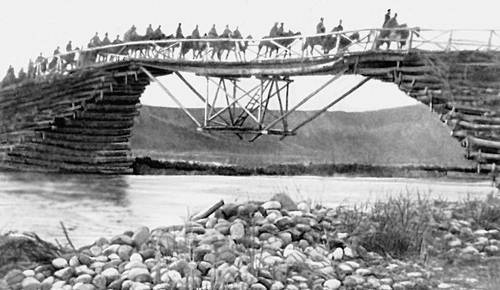
In the first half of April, 1929, the Soviet-Afghan border, near the city of Termez, which is located in Tajikistan, crossed the riders, the number of 2000 people. All the men of this mysterious detachment were well equipped and armed, despite the fact that they were wearing the Afghan military uniform, they spoke Russian in between. The crossing took place almost at the same place where fifty years later in December 1979 of the year, the troops of the fortieth army of the USSR crossed.
The detachment was commanded by a Turkish officer, Ragib Bey, who was in fact the Soviet military attache in Afghanistan, V. M. Primakov.
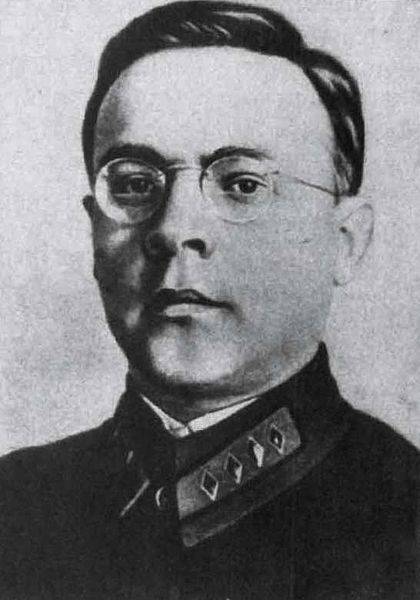
The squad leadership also included several personnel officers from Afghanistan. All of them, led by Primakov, submitted to General Ghulam Nabi-khan Charkhi, the then ambassador of Afghanistan to the USSR, who carried out the general leadership of this super-secret special operation, which according to the plan was to play an important role in the fate of Afghanistan.
A month before the described events, Charkhi, together with the head of the Foreign Ministry of Afghanistan, met in a secret atmosphere with I. Stalin personally. At this meeting, the measures that the Soviet leadership could take to assist the legitimate government, led by Amanullah Khan, overthrown by the regular rebels, were most likely discussed. The outcome of this meeting was the instruction of Stalin to urgently create a volunteer detachment of special purpose. The detachment was created near the Afghan border, in Tashkent from volunteers who were selected by the Deputy Commander of the Central Asian Military District M. Germanovich.
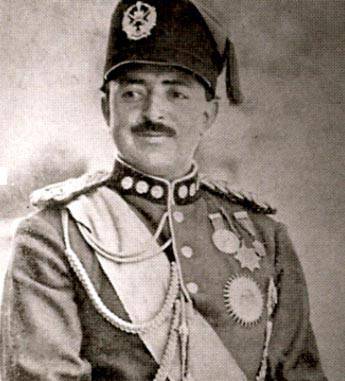
At the time of the appearance of the detachment in Afghanistan, the political situation in the country, as always, was unstable. Kabul was captured by another rebel adventurer, self-proclaimed by the new emir Habibullah (Bachai Sakao). Who according to some information was an agent of the British super spy, Colonel Lawrence, according to others he did not obey anyone, and was an ordinary leader of a gang of bandits and robbers, who managed to organize a large-scale insurrection in the wake of people's discontent with their government.
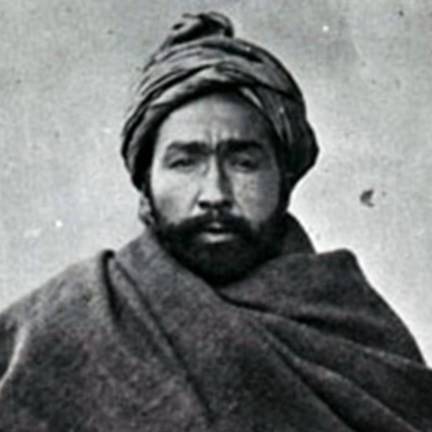
Amanullah Khan, overthrown by Habibullah, was also not distinguished by the special loyalty of the USSR and constantly, based on his interests, maneuvered between Moscow and London. After the overthrow of Amanullah, asking for help from the USSR, at the same time preparing a counterattack on Kabul, not from somewhere, but from the territory of the British colony, India.
Simultaneously with the detachment of Ragib Bey, the remnants of the troops loyal to the former emir advanced to Kabul.
Immediately after crossing the border, the Soviet detachment with support aviation entered the fighting, successfully destroying the Afghan border post of Pata Ghisar. Reinforcements were sent to help them from another Siyah-Gerd checkpoint, which was also completely destroyed. The Ragib Bey detachment continued its campaign that had begun so successfully in the direction of Mazar-e-Sharif, one of the main economic and political centers of Afghan Turkestan.
The next day, continuing their victorious campaign, the Soviet detachment took possession of the city of Kelif, whose garrison fled in panic, after the first armory shots and several machine-gun bursts. The next day, without a single shot, the city of Khanabad was taken, whose defenders fled to Mazar-i-Sharif. A series of instant victories gave hope that the raid on Kabul would be an easy walk, but the main difficulties lay ahead.
Habibullah (Bachai Zakao), who received alarming news about the invasion with some delay, did not doubt for a moment who those mysterious warriors in the Afghan uniform were and for what purpose they came. On his instructions, his commissioner in Mazar-i-Sharif convened a council of military leaders, Islamist scholars and heads of administrations, on which jihad was announced and the decision was made to act in opposition.
And on April 22 of 1929, Primakov’s detachment broke into the outskirts of Mazar-i-Sharif and engaged in a fierce battle with the city’s defenders. The resistance of the militia was stubborn, a fierce battle lasted all day, everything was decided by the firepower of the Soviet detachment, the dense chains of counter-attackers literally swept away with machine-gun fire, turning into the mountains of the dead and wounded. In a stubborn, bitter battle, Mazar-i-Sharif was still taken, but the hope of a walk disappeared along with the capture of the city.
After the capture of Mazar-i-Sharif, it became clear that despite the assurances of Ghulam Nabi-khan, who promised that most of the population would join the expedition to Kabul, the Afghans were not eager to join the ranks of the detachment. In a week, no more than five hundred men gathered in the Afghan battalion of the detachment. The ideas of the world revolution were alien to the deeply religious population of Afghanistan, the overwhelming majority of the liberators were openly hostile to the newcomers.
After one day of respite, the Afghans attempted to dislodge the invaders from Mazar-i-Sharif. With religious chants, thick chains of Afghan militias, and soldiers from the garrison of the neighboring Deydadi fortress, they went into a frontal attack, at the dense fire of machine guns and artillery pieces. After several such fanatical-religious attacks, the first cryptogram left for Tashkent with a request for help.
A squadron with machine guns was sent to the rescue, stumbling upon the superior militia forces and having to retreat. It was possible only with the help of aviation to deliver additional ammunition and several machine guns to the detachment.
Soon, Afghan commanders, realizing the failure to seize Mazar-i-Sharif by storm, proceeded to the siege, blocking the ditches and leaving the city without water.
In the Afghan battalion, which was part of the Primakov detachment, unrest began, which threatened to escalate into a riot. Another cipher text went to Tashkent: “The final solution of the task lies in mastering Deidad and Balkh. Technique is needed. The question would be solved if I got 200 gas grenades for guns. In addition, it is necessary to make the squad more maneuverable. If we can expect that the situation will change and we will get help, I will defend the city. If you cannot count on help, then I will play all-in and go to take Deidadi. "
After this radiogram, the detachment was given more substantial assistance. Another squad was sent to the rescue, numbering 400 people who managed to break through, an Afghan frontier post that stood in the way of the squadron was literally swept away by machine-gun artillery fire. The detachment was commanded by one of the Soviet military leaders under the name Zelim Khan, his real name remained unknown. Aviation has also caused significant damage to Afghan troops besieging Mazar-i-Sharif.
Having made a swift two-day throw, Zelim Khan's detachment went to Mazar-i-Sharif. Together with the besieged strike, he managed to throw the Afghans from Mazar-i-Sharif.
The next day, already consolidated, the Soviet detachment took the fortress of Deyaddi, seizing good trophies. After a short rest, the detachment moved further south, meeting along the way a cavalry detachment of Ibrahim Bey, numbering 3 000 fighters, and engaged him in battle.
With a machine gun and artillery fire, the Soviet detachment managed to disperse the attacking cavalry of the dushmans, a fierce fight began to boil, the Afghans desperately resisted, skillfully wielding blades and pikes. Half an hour after the start of the battle, another squad arrived in time to help the dushmans: 1 500 man, commanded by military adviser Habibullah Seyid Hussein. It is not known how this fierce battle would end, which lasted two hours, if not for Zelim Khan's military savvy. According to his order, prisoners from the Ibrahim-bek detachment were sent to Seid Hussein, who informed him that only three hundred of their three thousand detachment survived, 2 500 killed, 176 captured. The warning worked, the Afghans surrendered.
Then the detachment of Ragib Bey (Primakov) continued the offensive, capturing the major cities of Tashkurgan and Balkh. By that time, Ali Avzal-khan (A.I. Cherepanov, a regular officer of the Red Army), commanded Primakov, was called to Moscow, where he was taken by a specially flown plane.
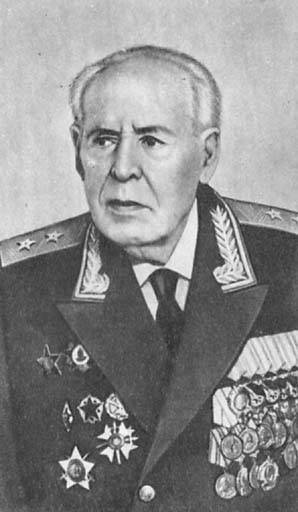
Following the instructions of Primakov, Ali Avzal Khan continued his advance into Afghanistan. But soon the news came to the detachment that Seyid Hussein managed to pull up a fresh division and seize Tashkurgan with a sudden blow, cutting off the detachment's communications, now Ali Avzal Khan. I had to deploy the squad and return to beat Tashkurgan. As a result of the brutal two-day battle, the Soviet detachment managed to seize the city again.
During the battle, the squad of Cherepanov (Ali Avzal Khan) spent almost all the shells, more than half of the machine guns and guns were out of order. The successful outcome of the operation became increasingly illusory, despite the victories won. By that time, the entire local population was extremely hostile to the group of liberators, which was a significant threat and obstacle as well.
In addition, Amanullah Khan, who only a month ago wanted to return the lost title of the Emir, suddenly decided to stop the fight, and taking with him gold and state money, he fled to the west. The situation arose ambiguous, the actions of the Soviet detachment began to acquire the character of aggression against a sovereign country, and Stalin ordered the expedition to be stopped and the detachment of Cherepanov (Ali Avzal Khan) withdrawn.
Despite the lessons learned, the political leadership of the Soviet Union did not bother to draw conclusions and, after half a century, again decided to help friendly Afghanistan. As a result, a limited contingent of troops was introduced into the territory of a sovereign country, and story repeated The USSR was drawn into an unpromising, bloody, ten-year war, against numerous armed formations from among local residents.
- http://topwar.ru"rel =" nofollow ">http://topwar.ru
Information